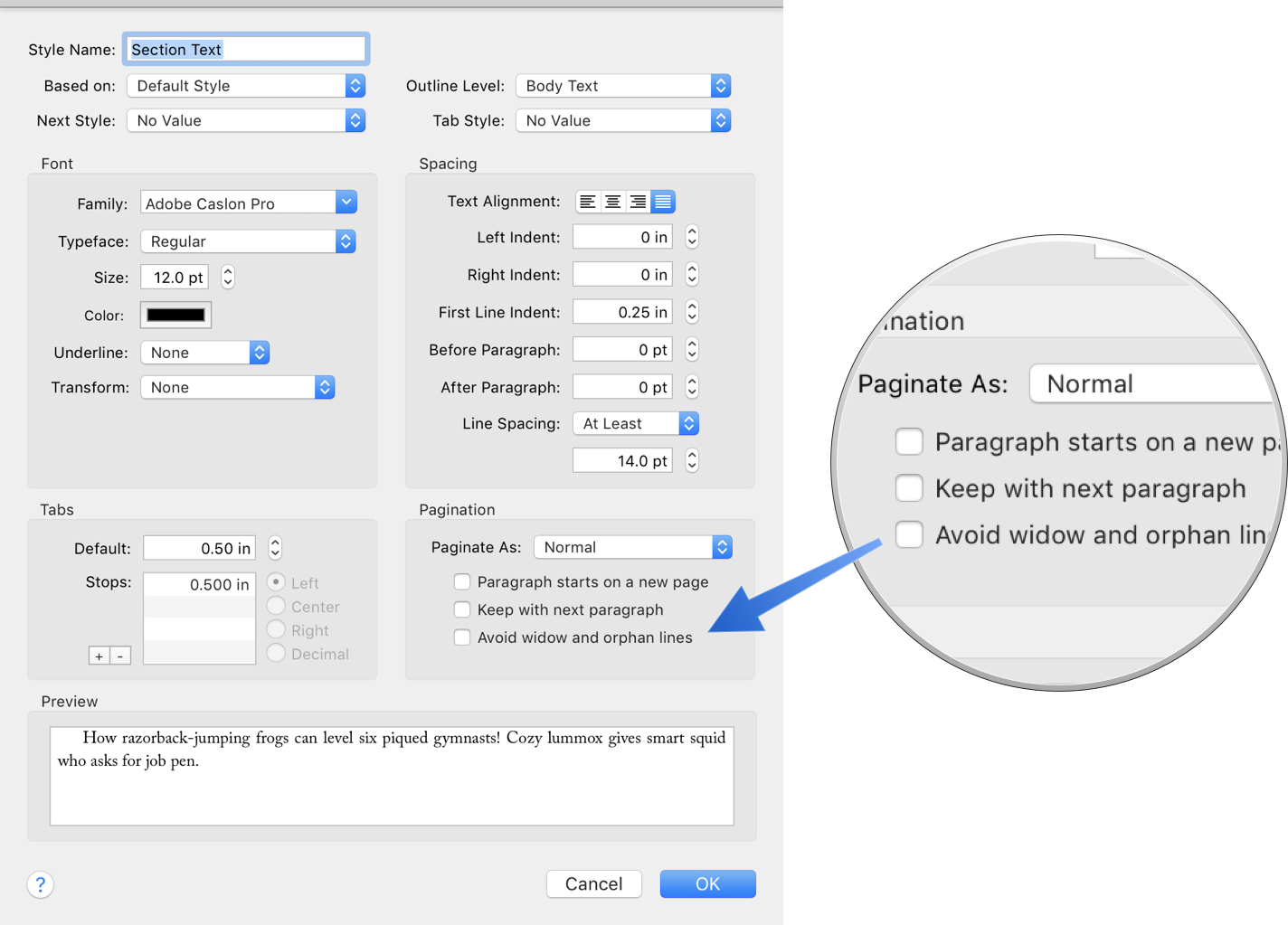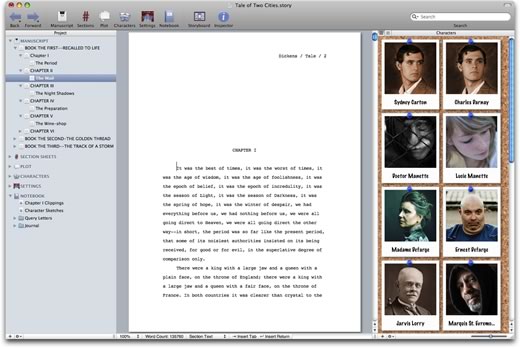

- #Storyist editor how to#
- #Storyist editor full#
- #Storyist editor software#
- #Storyist editor Bluetooth#
- #Storyist editor download#
Out of all the software we reviewed, we found four that we’d recommend as well as some honorable mentions.ĥ.1.10 Ywriter: $11.95-24.95 LivingWriter – The Best Book Writing Software of 2023 With all the technology in the world, it’s about time technology helped us write! Some of the newer ones are just plain bad and seem like rushed jobs. A lot of the ones on the market are mostly just software with very specific features, like distraction-free writing or grammar checking. Something like your books or your screenplays. I’m talking about a full-scale word processor like Google Docs but is tailored towards writing something more than documents. Not just something that checks your spelling or turns off other apps to keep you focused. What I was looking for here is an app or software that helps you write easier and faster. To separate the useful from useless, I’ve had to spend quality time with them (and also pay for some of them). Especially when reviewing something you’ll be using to write your novel, it requires some time investment! It’s not an easy thing sifting through writing apps and book writing software.
#Storyist editor download#
If you’re interested in finding out more or want to download the program, you’ll of course want to visit the Storyist website.Long Story Short, the Best Writing Apps in 2023 are: So for those of you who were curious, I hope I’ve answered some of your questions. If your novel-writing software needs aren’t extensive or technology overwhelms you, this could be a breath of fresh air for you. You’ll still find a comment feature, a bookmark feature, and target goals, but otherwise you can just open the program and get to work.

No, there are no major editing features, no tagging and tools and color-coding and cross referencing. That’s all the buttons and all the features (aside from the formatting and preferences provided in all programs). What you see on my screen in the picture above is what you get. Whenever you need to share your pages, you can just export it into Word and all the formatting sticks. It’s broken down by chapters and sections, yes, but it’s also one big document that you can scroll through freely and that is formatted as you go. In Storyist, it’s already compiled and formatted as you work. When I was giving pages to my critique partners every week, I wanted to tear my hair out doing this week after week after week. When I did manage to get my novel into Word, reformatting it took so much time. The thing that always drove me crazy in Scrivener was that compiling was so complicated and I never could figure it out. One of the coolest things about them is you can link them to each other–like if you’re working on a plot sheet, you can link to the important characters involved in that plot point for easy navigation to the character sheets.Ĭompiling. They’re hard to explain in a blog post but you can check them out here. Once I figured them out, though, I kind of fell in love with them.
#Storyist editor how to#
They are pre-formatted for characters, settings, plot, and sections, and it took me a couple tries to understand how to use them. The one downside is at this point, the iOS and Mac versions to not sync with each other.
#Storyist editor Bluetooth#
If you like using an iPad, you could get a bluetooth keyboard and work almost exactly like you do on a laptop, though there are not as many features on the iOS version. Some might not be interested in this and I now mostly use my laptop, but one thing I loved about writing on my iPad was the portability and comfort. As I mentioned before, Storyist has an iPad app, which Scrivener does not yet have. Instead of having information spread out throughout multiple programs and notebooks (Oh, who am I kidding? I still do this.), there are areas in each program to collect research, notes, and images. This is such a helpful way to stay organized. They both have outliner views as well with a list of the chapters and scenes with the details you’ve written in. Index cards will link directly to individual scenes, making it easy to switch from outlining to writing, and allowing you to move them around freely as your story changes and grows. In both programs, you can create a index cards for each scene with notes about what you’d like to include in that scene.
#Storyist editor full#
The both also have full screen view to limit distractions. You can also split the screen to see your index cards as you write, or between two different scenes–say, if you want to copy from one and paste into another. As you can see in my picture above, I like to be able to look at my characters as I work. This alone is worth the cost of either program. Both programs allow you to create sections for new chapters and new scenes, and lists them in a menu on the left for easy navigation. To me, there is nothing worse than scrolling through a never-ending Word document to insert a new scene, or especially to reorganize several scenes or chapters. In my opinion, the best reason to use any novel-writing software is the chapter and scene breakdown.


 0 kommentar(er)
0 kommentar(er)
